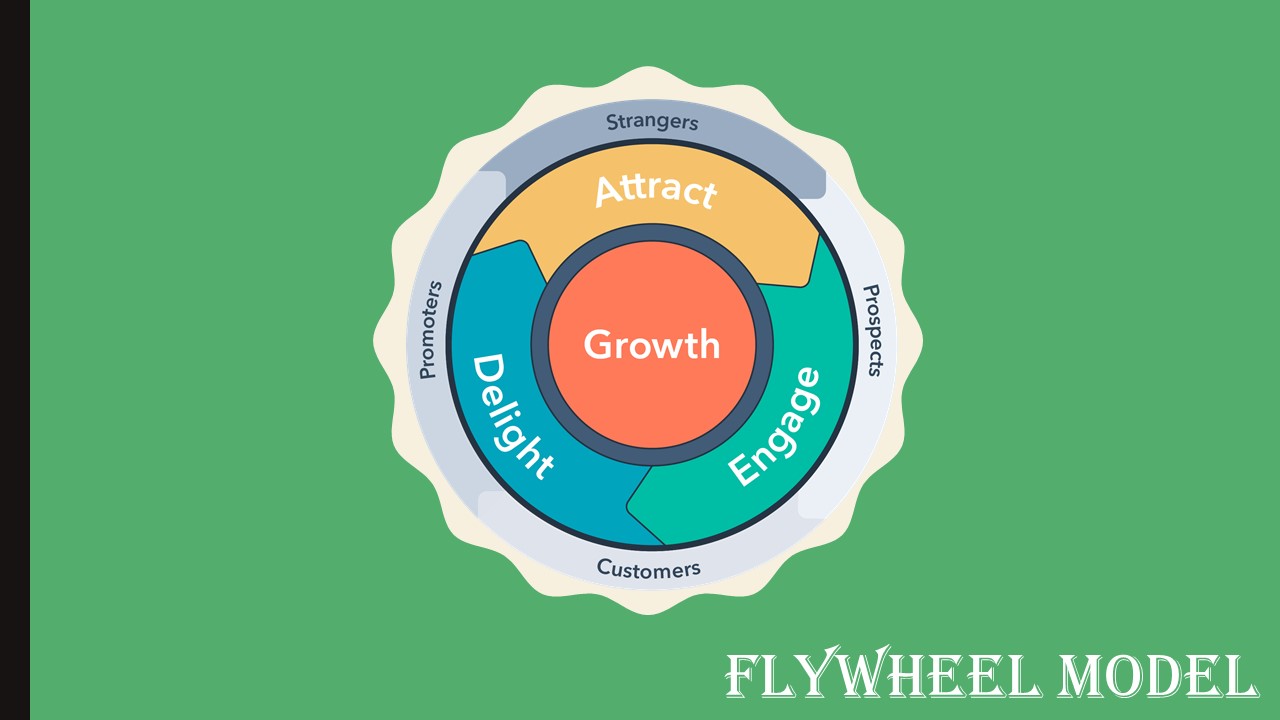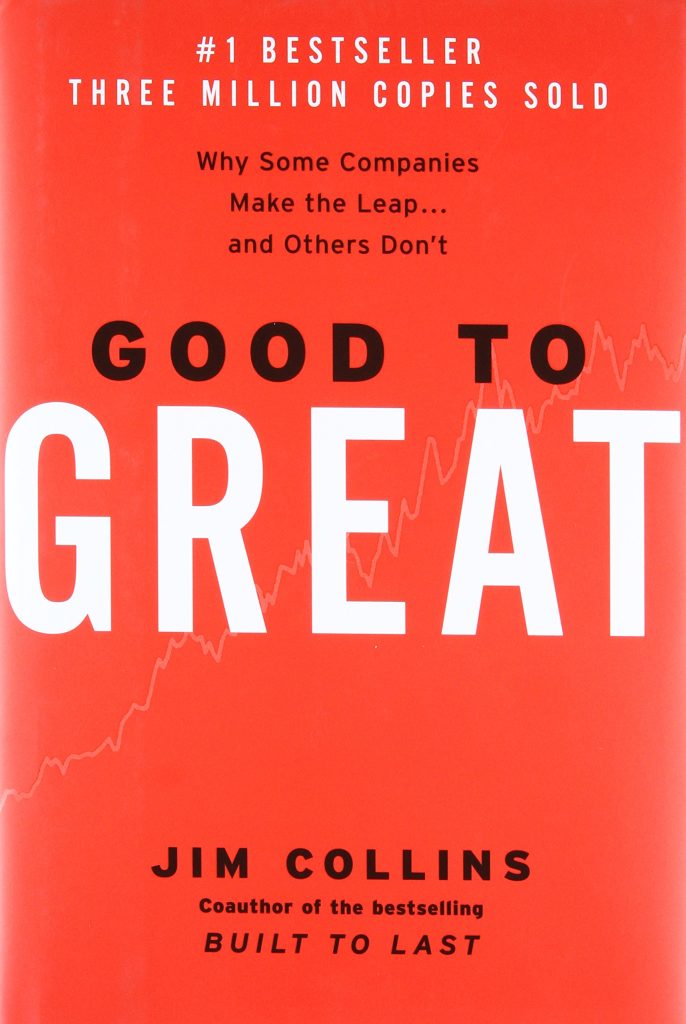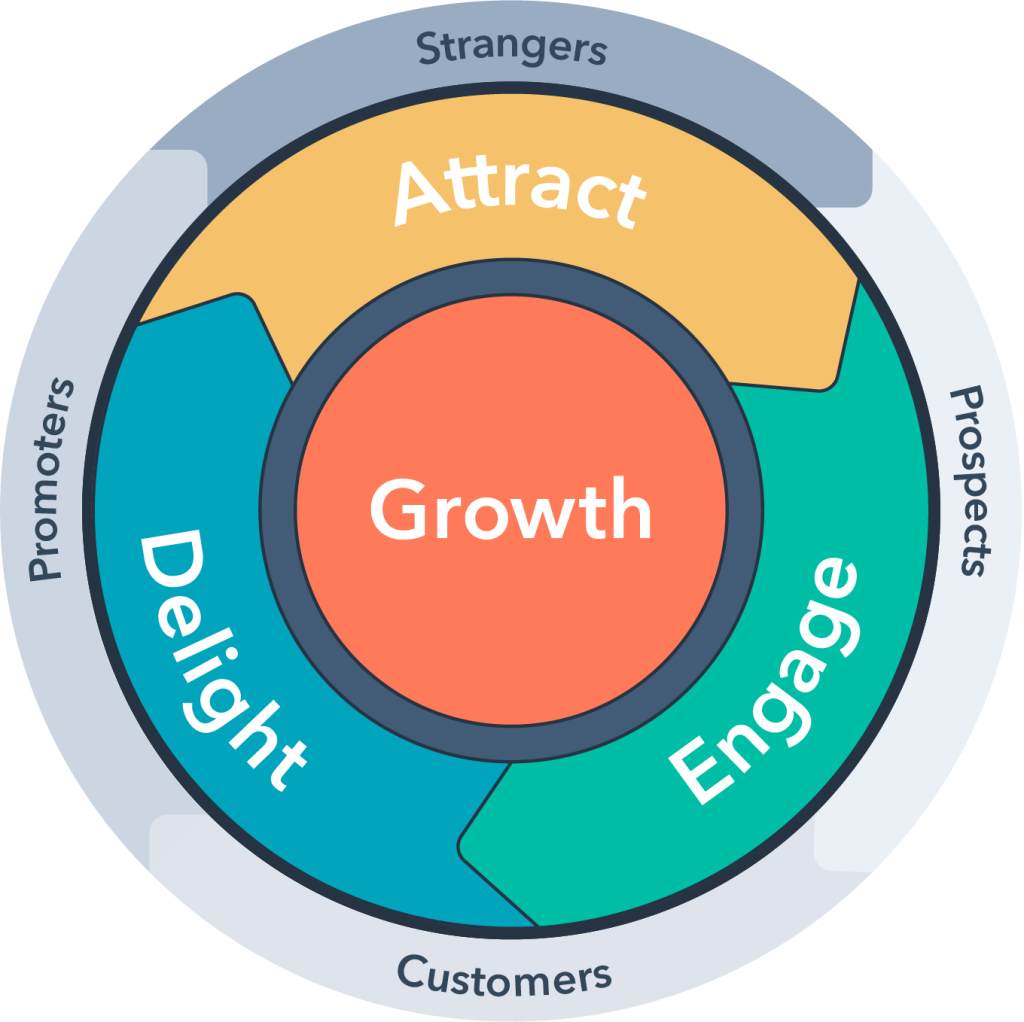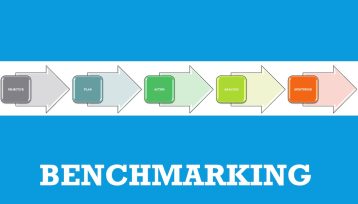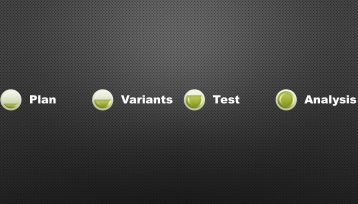If we speak in simple language and do not delve into the physical side of the issue, then we can give the following definition a flywheel. It is a device that has the shape of a wheel and serves to accumulate and then release rotational energy. The amount of energy it accumulates depends on three factors: the speed of rotation, the amount of friction, and the size of the wheel. The principle of operation of the flywheel has been known since ancient times, it was used, for example, in a potter’s wheel or windmills.
Over time, the flywheel expanded its scope of application and began to be actively used in the industrial environment, in particular in the automotive industry. In these areas, the flywheel is used for its intended purpose, but this article will focus on the application of the flywheel effect in areas such as management, marketing, and sales. What does it look like in practice?
The first attempt to shift the concept of the flywheel from the physical field to the field of management was made in the book Good to Great: Why Some Companies Make the Leap … and Others Don’t by Jim C. Collins. Jim C. Collins describes the process of turning good companies into great ones. He explains that not all companies reach the top, most fail on their way, but nevertheless, there are those who succeed. Any changes require effort, nothing happens in one fell swoop, it is necessary to carry out hard work to achieve the desired result. And this process can be compared to the work of a flywheel, when you spin the mechanism turn by turn, gradually at first, and then gaining momentum until you reach the moment of breakthrough.
HubSpot adapted the flywheel model and combined it with an inbound marketing strategy. You can learn more about this strategy in the book Inbound marketing. Get found using Google, Social Media, and Blogs by Brian Halligan and Dharmesh Shah. Inbound marketing is the use of methods by which consumers themselves find sellers using the Internet. What do you need to do to get people to find you?
Brian Halligan and Dharmesh Shah answer this question: it is necessary to have a Remarkable proposition. It should be included in your Remarkable Strategy. In addition to a Remarkable proposition, you should also create Remarkable content. The authors provide the following types of content: Blog articles, White papers, Videos, Webinars, Podcasts, Webcasts.
The effectiveness of your marketing activities these days can be expressed in the following sequence of steps: create Remarkable content, optimize it, publish the content on the Internet, market the content through the blogosphere and social media, and measure which methods bring results, which do not.
The main idea of the HubSpot flywheel model is that in order for your organization to grow, it needs to provide an amazing user experience through inbound marketing. This is what the HubSpot flywheel model looks like.
Funnel
To begin with, the flywheel model is contrasted with the traditional sales funnel. Recall that the goal of any funnel is to turn a potential buyer into a customer, for this, as a rule, he must go through a certain path, which usually has 4 stages:
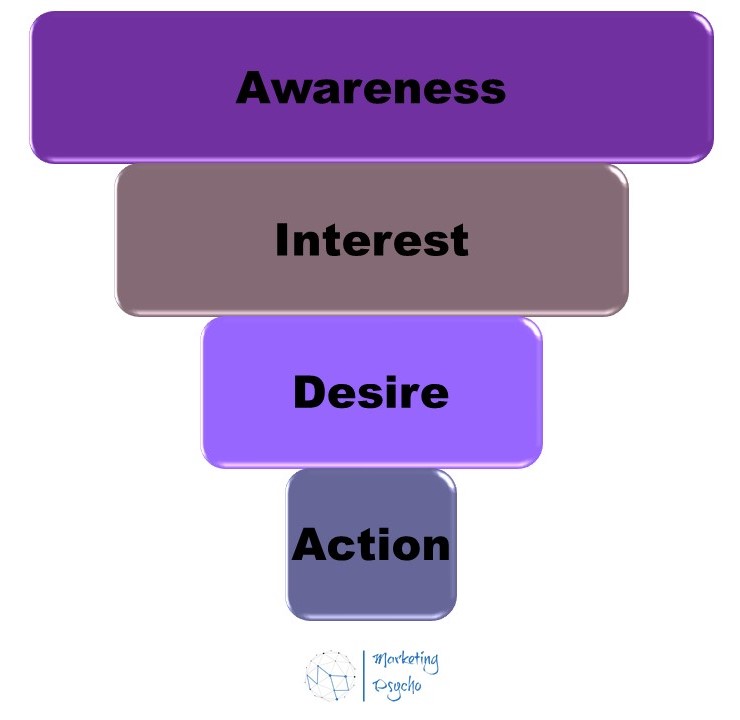
- Awareness. This is the stage of getting acquainted with a product or service, when you first encounter them, an initial contact.
- Interest. You will learn more information about a product or service and this causes you positive feedback, a response. You are showing interest.
- Desire. After the Interest stage, your feelings develop and become deeper. You have a desire to get this product or a desire.
- Action. This is the final stage. You have a clear intention to act.
There are various variants of funnels, but they usually have the following structure:
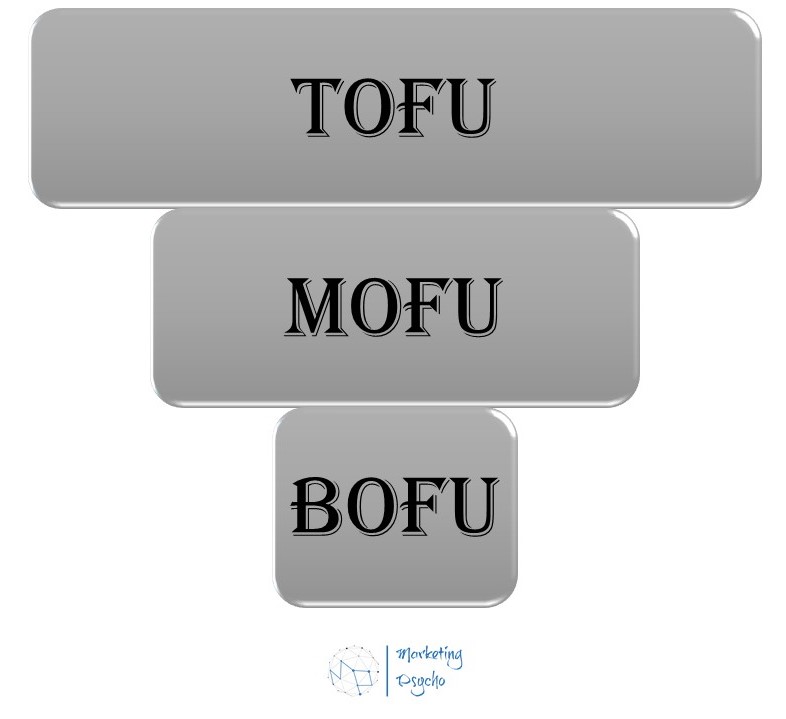
- TOFU. Top of the funnel. The beginning of the process. Regarding potential customers, there are many of them, but not all are going to act.
- MOFU. Middle of the funnel. The middle of the process. Half goes away, but half stays. They had a reason for this. It is necessary to continue to nurture.
- BOFU. Bottom of the funnel. The end of the process. At this stage, decisions are made. There are not so many customers left, but they are all targeted, they have gone through the process to the end. Don’t leave them.
In the book Inbound marketing. Get found using Google, Social Media, and Blogs Brian Halligan and Dharmesh Shah use a marketing funnel to make decisions about marketing actions (for example, which tools or channels to use or not to use).
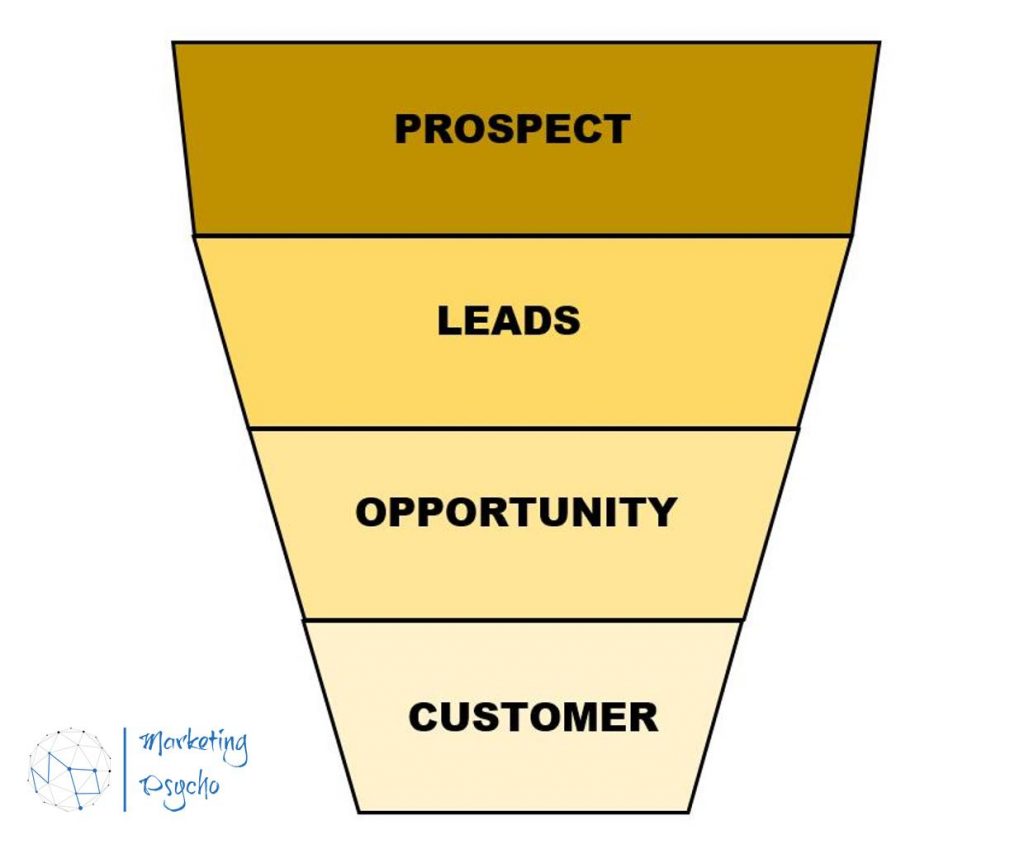
All the presented models of funnels are limited to the last stage when the action is completed, that is, the client has turned into a customer. But what’s next? This question is precisely answered by the flywheel model.
As we can see, there are 4 types of consumers in it: Strangers, Prospects, Customers, and Promoters. We can correlate the first three types with the sales funnel, that is, at the first stage a person does not know about you, he is a Stranger, then he receives some information and shows interest, he is Prospect, after which he makes a decision, he is the Customer.
But here is the fourth type, to which it is necessary to strive for business development, which is completely new. This is your brand advocate; he is loyal to you and protects your interests. But you need to understand that this does not happen because of a simple courtesy on the part of your client. This is a constant and time-consuming process on your part, which is aimed at satisfying the interests and needs of your customer. The flywheel model puts customers’ satisfaction at the center, regardless of what stage of the purchase they are at, as well as after the purchase.
HubSpot realized that a typical funnel was incompatible with their desire to satisfy their customers and create an unforgettable user experience, which is why they built the flywheel model into their inbound marketing strategy. This model ensures the transformation of prospects into promoters using frictionless content. We have already mentioned that there are three factors that need to be taken into account in order for your flywheel to work flawlessly. Here they are:
- rotation speed – the faster the flywheel rotates, the harder it is to stop it
- amount of friction – friction can slow down your momentum and hinder forward movement
- wheel size – the larger the size of the flywheel, the longer it takes to accelerate it, but at the same time it has strong momentum
So, for a successful result, companies must pay due attention to all three factors. The first thing you need is to increase the rotation speed. This can be done by adding force to the most promising areas. Further, we see that friction is the biggest enemy for the development of the organization. Eliminating friction allows your flywheel to rotate freely. The more you increase speed and reduce friction, the more you will create promoters of your business. And all these promoters become the force that spins your flywheel. The more promoters you have, the larger the size of your wheel, thus it will be more difficult to stop it.
Let’s return to the components of the flywheel model, we see in addition to the types of clients, the following phases are also presented here: attract, engage, and delight. What do they mean?
Attract Phase
Already from the name, we understand that the main goal of this stage is to attract. But it should be based on the voluntary desire of people, they should want it themselves, you should not be overly intrusive. The best way to cope with this task is to provide useful content. It works as follows: when a user has a need for something, it does not necessarily have to be a desire to purchase something, but he may want to learn something, then you should already have the relevant content ready. The user will find it, your task is search engine optimization and high-quality content. Do not forget also about working with social networks as the most popular communication channel between you and potential customers.
Engage Phase
You have attracted the attention of a future buyer. What’s next? Then you have to make it easier for them to make a purchase. How? Make it so that they can easily interact with you on their own terms, at their own time, and through their preferred channels. The buyers must decide for themselves, and you must adapt to their interests. Look at the prospect as a partner with whom you want to build a long-term relationship, and not as a one-time wallet. Tools such as website and email personalization, communication with your potential customers, free trial versions, and more will help you with this.
Delight Phase
At this stage, the Customer turns into a Promoter, which means at this stage you have to help and support your customers. Offer documentation and knowledge bases that will help clients get more value from what you offer. Be available to your customers via messengers, chatbots, e-mail, answer their questions, keep in touch, ask their opinion, conduct surveys. Develop a loyalty program. All these tools will help you win the hearts of people and make them your followers who will recommend your product or service.
So, we can conclude that your customers are your best friends who will help your company grow. And the flywheel model is based on this idea. Do not forget that the flywheel has the shape of a wheel, which means that the process of attracting and retaining customers must occur constantly, cyclically. Do not stop, but spin your wheel, give it momentum with the help of additional forces, accelerate, grow and move only forward.

